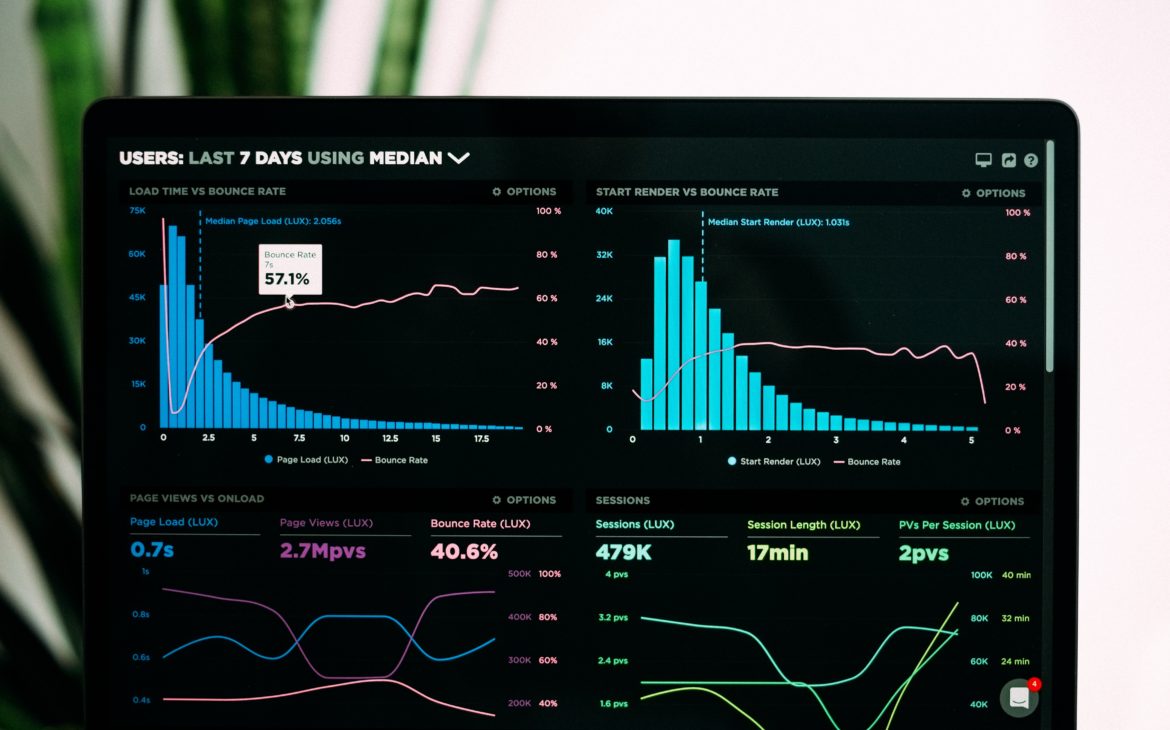When data is not correct, you need to address the issue by replacing it with valid data or removing it from your data set entirely. Invalid data is often hard to spot, but if you know how to look and test for it, then you will end up with better, more accurate data. There are many techniques we can use to correct invalid data, including removing or replacing the data. The goal is to first verify whether the data is valid. After that, we can determine the best approach to addressing any invalid data based on business requirements and needs. So here we are going to learn a lot about How to identify remove and replace invalid data?
What is invalid data?
Invalid data is data that is incorrect. Data can be invalid for many reasons, and there are a number of situations in which you may encounter invalid data in your work as a data analyst. To study more about invalid data we identify it then remove it and in the last, we replace the invalid data with valid data.
Identifying Invalid Data
There are many reasons why invalid data occurs. Some of them are mentioned below:
- Data can become invalid over time. Suppose that product data has a tax percentage that is hard coded into the system at 9%. At a future date, that tax percentage by law will be changed to 10%. All the values that were generated from that 9% are now invalid because the tax percentage should be 10%. As this scenario shows, understanding the math behind the data can help you detect issues.
- Survey data may be invalid if a question is deemed invalid. Suppose when working with survey data, you find that a survey used leading questions, or the answer options had an inadvertent bias. There is no way to go backward and reframe the questions (and answers), so the invalid data must be removed from the analysis.
- Outliers or extreme values can sometimes indicate invalid data. These values that lie far outside the normal range could signal a technical issue or a problem with the collection or extraction of the data.
- Data that cannot possibly be correct is invalid. Data that is impossible needs to be investigated. Examples of impossible data include invalid zip codes, exceptional values for a transaction amount (like 999999), and even invalid dates.
Characters that are not visible issues
Data can also become invalid when something as simple as a mistake in manual entry occurs. Here are a few character-based issues that can lead to invalid data.
- Non-printable characters are characters that do not produce a written symbol, such as spaces and tabs. These types of characters will present challenges when working with data and need to be removed.
- Leading spaces are spaces at the front of a field of information.
- Trailing spaces are spaces at the end of a field of information.
Removing Invalid Data
After determining that the data is invalid, one way of addressing this issue is to remove (or not include) the data in question. Removing invalid data could be as simple as just removing that field from the data set. It could also mean not including that data in a query.
Replacing Invalid Data with Valid Data
Invalid data can also sometimes be addressed by changing it to the correct value. For example, suppose that a customer satisfaction survey asks customers to type in the product that they ordered, and what the customer types in might not always match the official name of the product. An analyst could change the invalid entry (what the customer typed) to valid data (the official product name), but only if they are able to verify that the customer is indeed referring to that particular product.
At times, it may not be possible to correct invalid data to make it useable. In this case, it must be either removed or replaced with a value indicating that the information can’t be validated. When correcting or replacing invalid data, the goal is to determine the best way to address the issue so as to meet business requirements.
Conclusion
In this informative article about identifying, removing, and replacing invalid data, we get to know what exactly invalid data is. Then we pointed out that when writing a query to create a data set, what should you do with the fields that have invalid data? We also studied that as to how can non-printable characters, leading spaces, and trailing spaces cause invalid data. We have also got to know what should we do when we encounter invalid values that can definitively be defined.
Read More: What are the different codes used by Data Analyst





